Analysis
Read analysis on the changing situational awareness environment and its implications for stability.
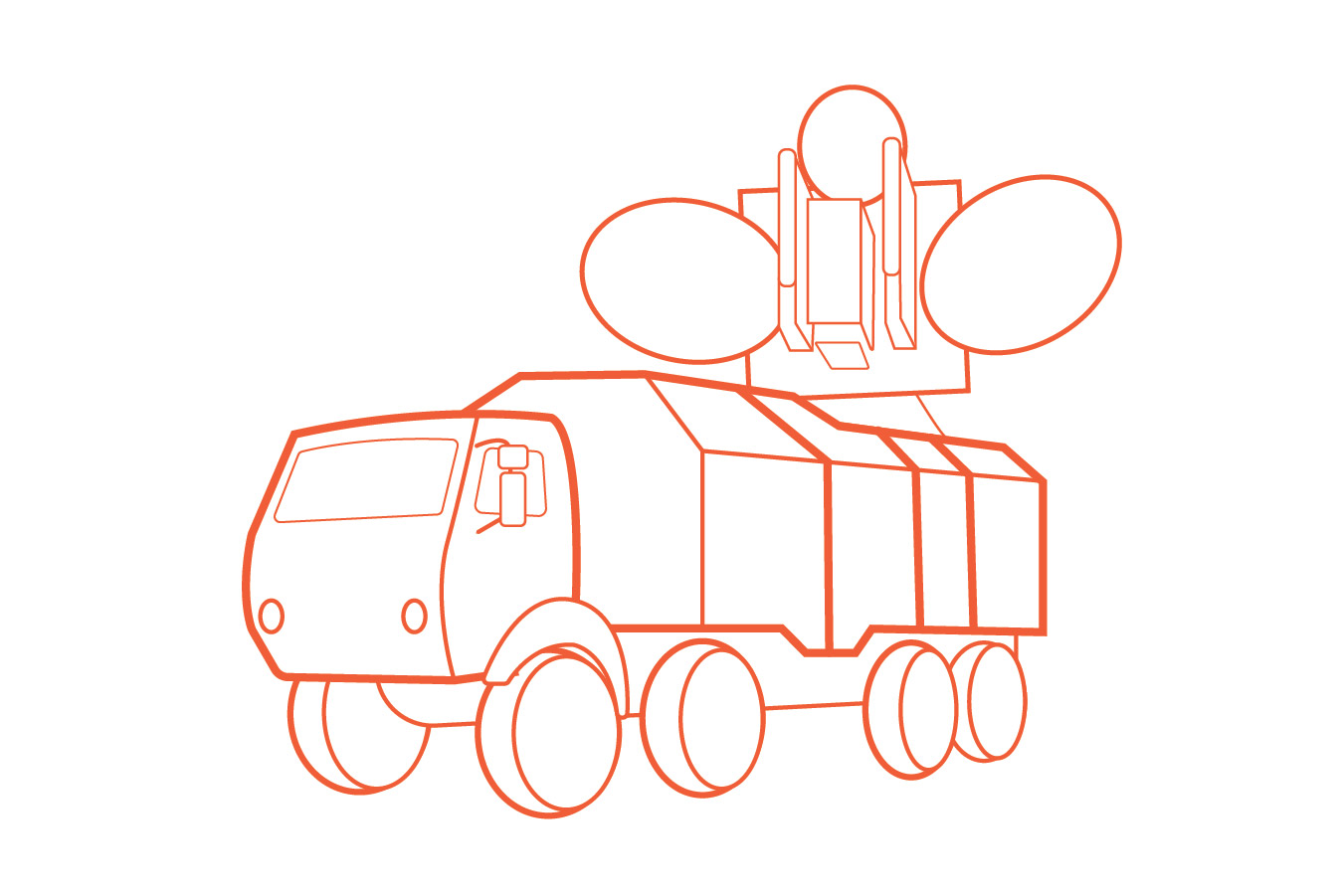
The Way Ahead
The transformational nature of the strategic SA landscape suggests a second look is necessary to consider the risks these emerging capabilities may introduce as well as and the challenges they may pose for policy professionals, especially when employed in a crisis or conflict between nuclear-armed states.
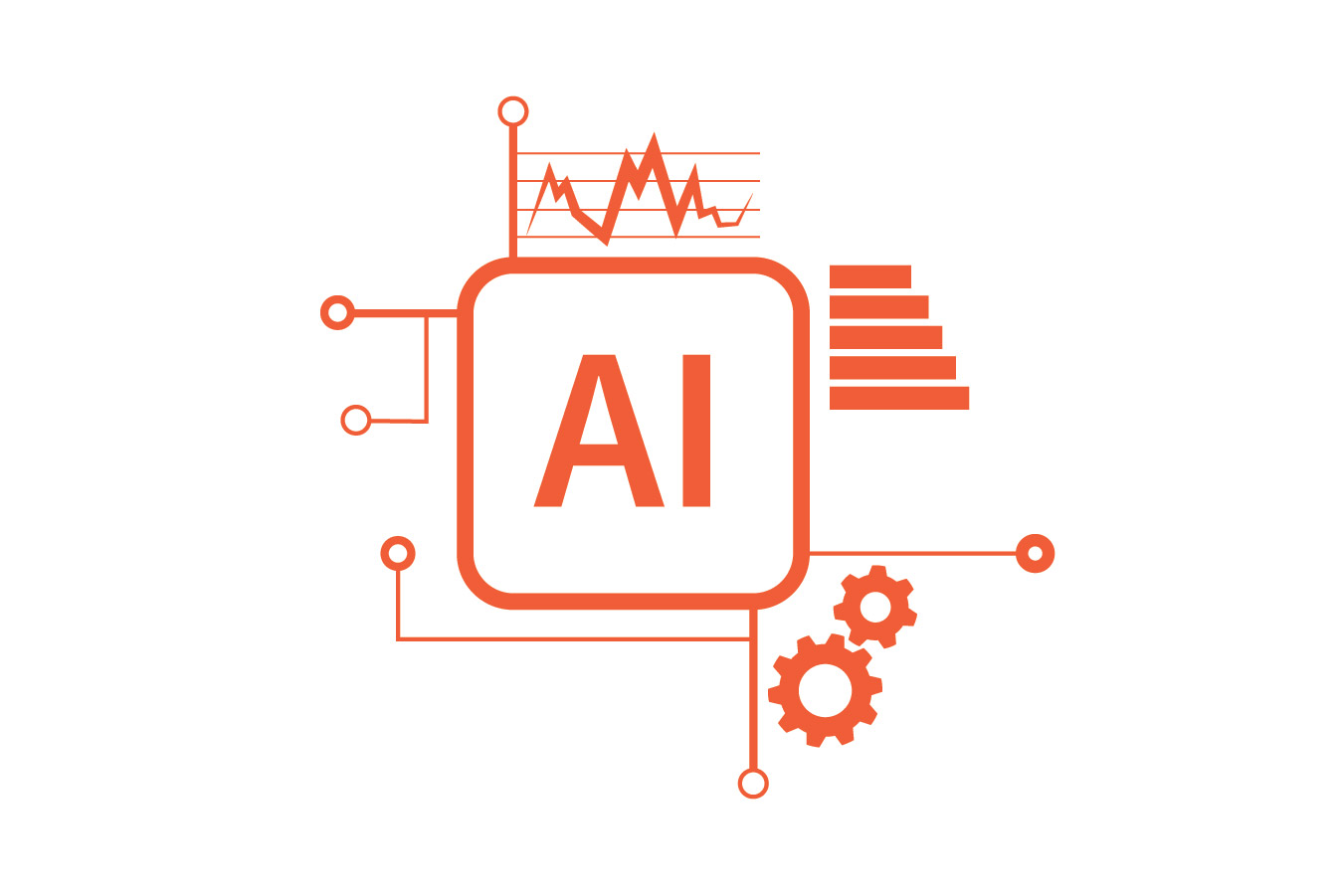
Tabletop Exercise Takeaways
To evaluate some of the risk assessments identified in research and explore the decisionmaking process of policymakers and technical experts in the throes of crises under a nuclear shadow, the Project on Nuclear Issues (PONI) developed and conducted a series of tabletop exercises on two fictitious regional scenarios.
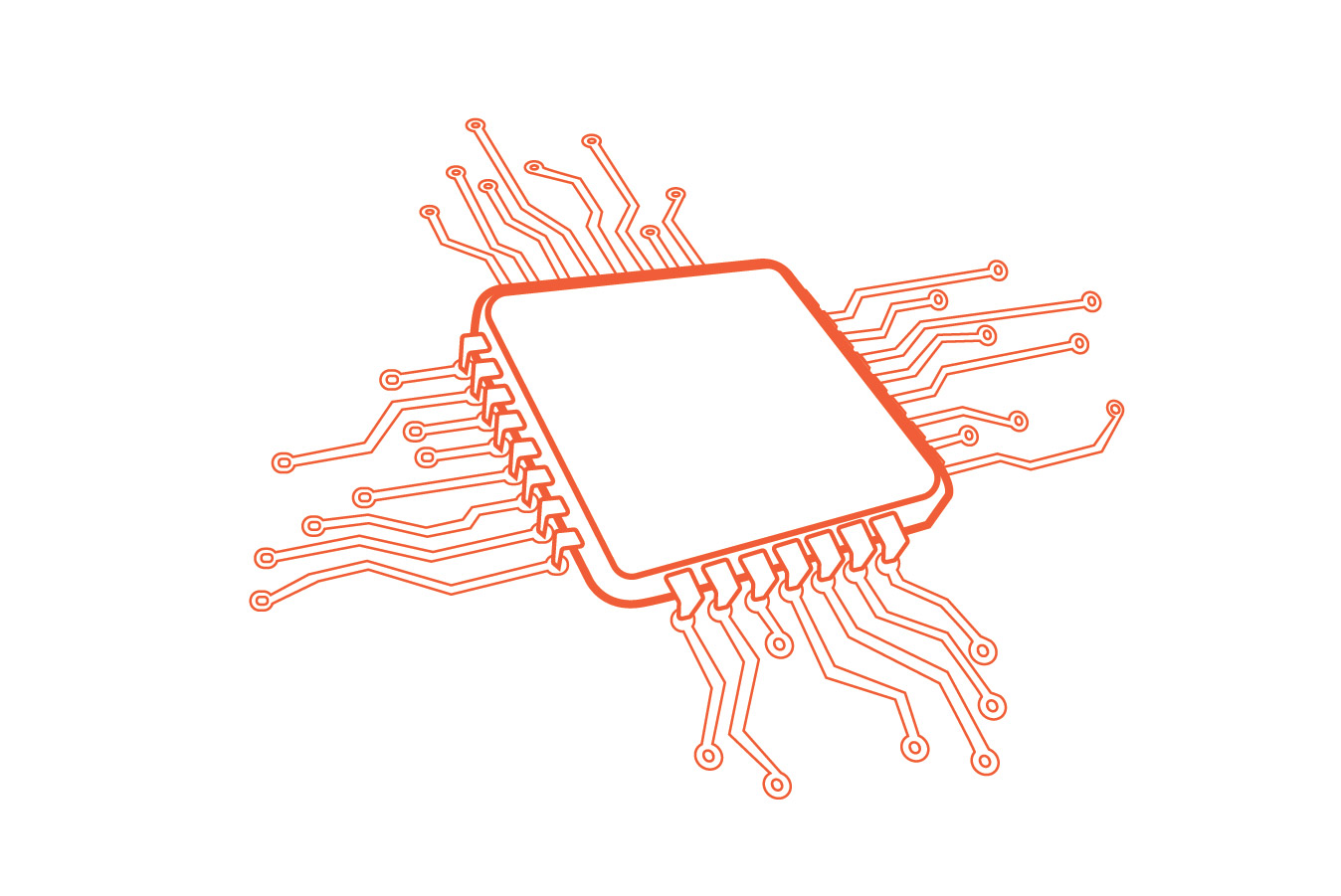
Pathways to Escalation
Of particular concern are three potential escalation pathways—provocation, entanglement, and information complexity—that may be triggered or exacerbated by the use of emerging strategic SA-enhancing capabilities.

Risk Factors of Situational Awareness Technology and Strategic Stability
All the strategic SA capabilities considered in this study can, to some degree, introduce risks for strategic stability.
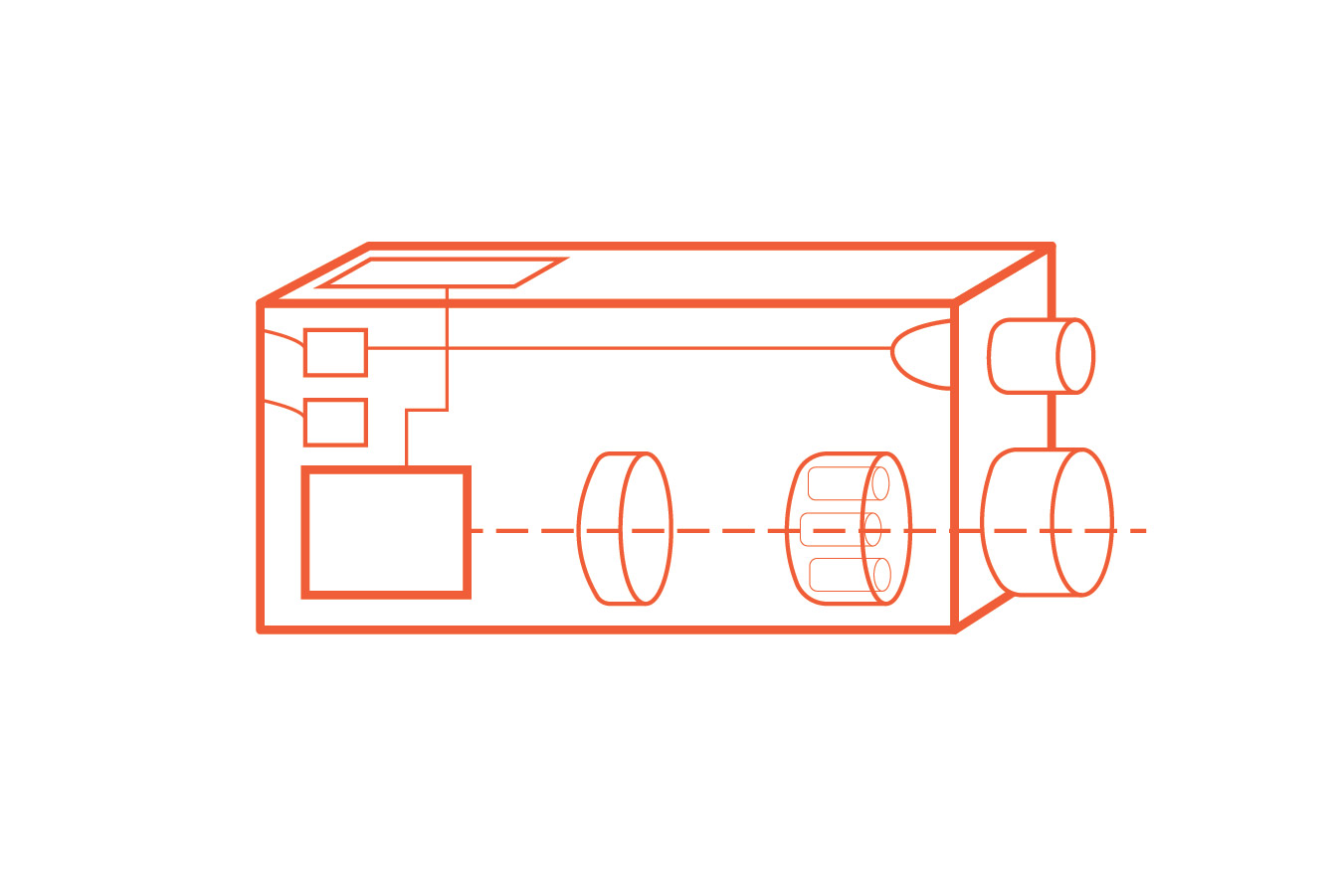
Understanding Situational Awareness Technologies and the Emerging Situational Awareness Ecosystem
The rapid expansion of new and existing technologies can provide opportunities for major breakthroughs in the ability to detect threats; track hostile actions and forces; process, interpret and communicate vast data sets; and predict and shape the actions and possibly even decisions of adversaries.
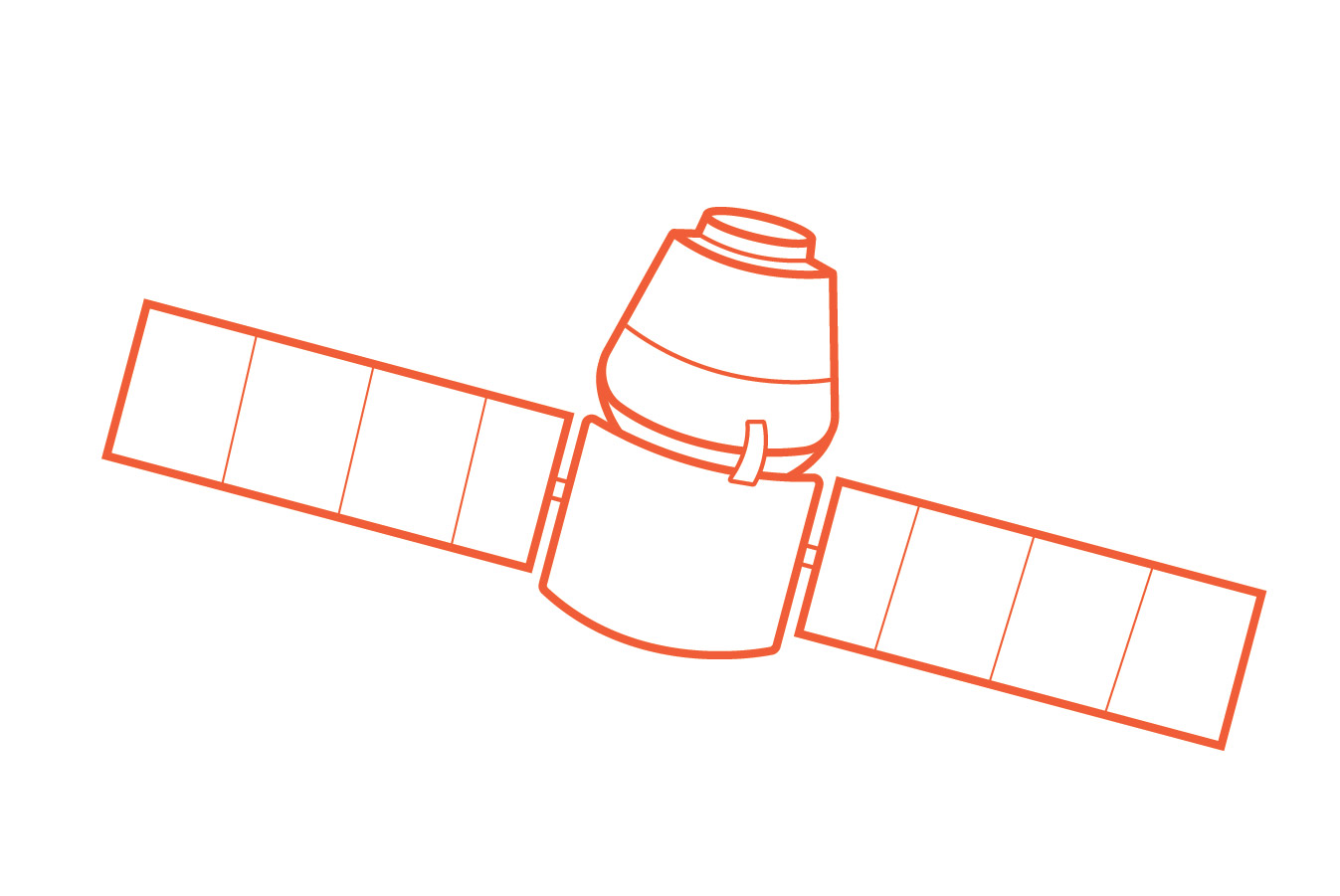
Introduction
This analysis piece provides an overview of the impetus for the study and the methodology employed. It delineates a historical evolution of the strategic situational awareness ecosystem, and grounds the study in scholarship.
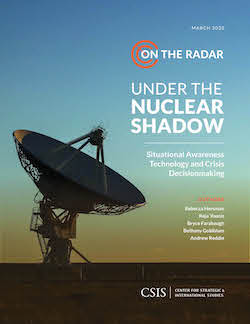
Under the Nuclear Shadow
Informed by research and eight tabletop exercises conducted with nearly 150 participants overall, this two-year study examines implications of the emerging strategic situational awareness ecosystem and its impact on crisis decisionmaking.
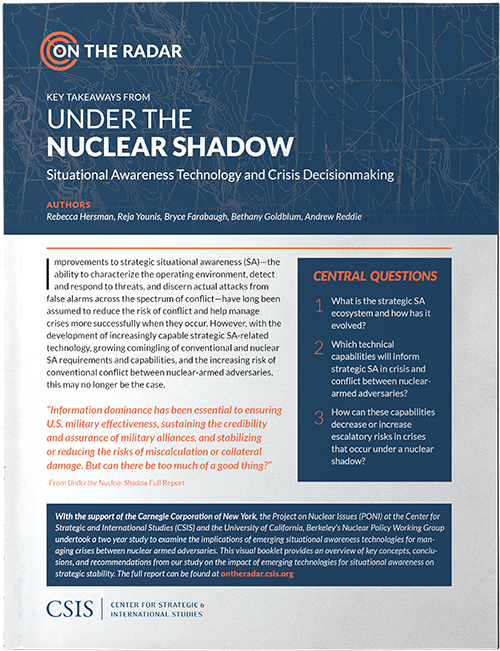
Key Takeaways from "Under the Nuclear Shadow: Situational Awareness Technology and Crisis Decisionmaking"
With the support of the Carnegie Corporation of New York, the Project on Nuclear Issues (PONI) at the Center for Strategic and International Studies (CSIS) and the University of California, Berkeley’s Nuclear Policy Working Group undertook a two year study to examine the implications of emerging situational awareness technologies for m...
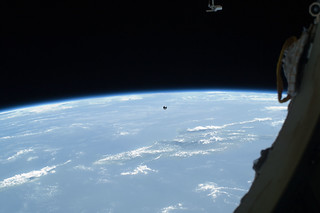
When Is More Actually Less? Situational Awareness, Emerging Technology, and Strategic Stability
By improving the accuracy and timeliness of warning, increasing visibility into adversary actions, and extending decision time in crisis, enhanced situational awareness reduces the risk of miscalculation and alleviates the use-or-lose pressure that could incentivize a nuclear first strike. But can there be too much of a good thing?


